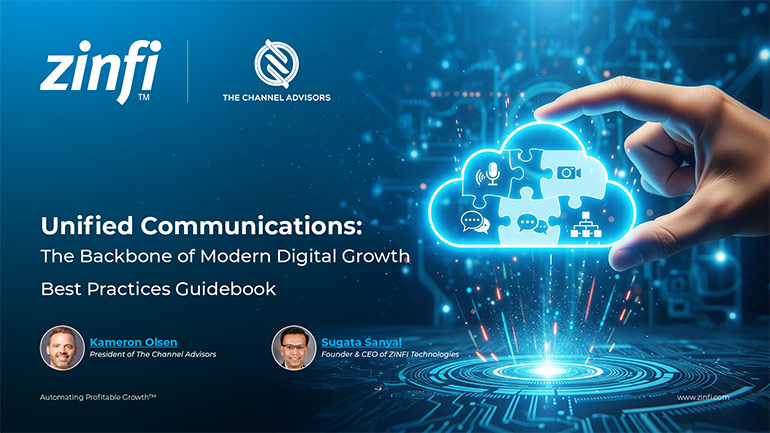Glossary - What is - Partner Incentive
What is a Partner Incentive?
A partner incentive refers to rewards, bonuses, or compensation plans designed to motivate partners within a company’s distribution channel to achieve specific business objectives. These incentives can take various forms, such as discounts, rebates, market development funds (MDF), co-op advertising, and performance bonuses. They are essential tools in partner ecosystem management to drive sales, enhance partner engagement, and foster loyalty.
In the context of partner ecosystem management and partner management automation, partner incentives play a critical role. They are strategically deployed to align a company’s goals with those of its partners. Automated platforms can streamline managing these incentives, ensuring they are distributed fairly and transparently, boosting overall efficiency, and reducing errors in payment processes. Such automation also provides analytics to measure different incentive programs’ effectiveness, helping organizations adjust strategies in real time and optimize their partner relationships.
Key Takeaways
- Enhanced Partner Performance: Partner incentives directly impact the motivation and performance of channel partners. Effective incentive programs encourage partners to prioritize a company’s products and meet specific sales targets. Automation in managing these incentives ensures timely and accurate reward distribution, which maintains high motivation levels.
- Increased Partner Loyalty and Retention: By rewarding partners for their efforts and achievements, companies can enhance partner loyalty, reducing churn and strengthening long-term relationships. Automated systems help personalize incentive programs to cater to different partner types and tiers, improving their effectiveness. Watch Jay McBain talk about Partner Loyalty.
- Better Data-Driven Decisions: Automating the incentive management process allows companies to collect and analyze data regarding the performance of incentive schemes. This data is crucial for making informed decisions about which incentives work best and tailoring programs to meet the evolving needs of the partner ecosystem. Explore Insights.
- Streamlined Operations and Reduced Costs: Automation reduces the administrative burden of managing multiple incentive programs. This leads to lower operational costs and frees up resources to invest in core business activities or develop more innovative partner incentives.
- Regulatory Compliance and Transparency: With stringent regulations around incentive programs in many industries, an automated system helps ensure compliance and transparency with partners. This is critical to avoid legal pitfalls and build trust within the partner network.
Summary of Takeaways
Partner incentives are crucial for motivating and retaining partners within a company’s ecosystem. Effectively managing these incentives through automation boosts performance, ensures compliance and fosters trust. Companies leveraging these tools can significantly improve partner engagement and business outcomes.
Key Examples
- Automotive Manufacturing: Partner incentives might include performance bonuses for exceeding sales quotas of new vehicle models or parts in this industry.
- Consumer Electronics: Rewards for pushing specific high-margin products during peak shopping seasons can effectively boost sales.
- Energy Production: Incentives could focus on adopting sustainable practices or technologies, with rebates or support for training.
- Financial Services: Tiered incentives based on the volume of business or new client acquisitions can drive growth.
- Food and Beverage: Partner incentives could encourage the promotion of new products or expansion into new markets.
- Healthcare Services: Incentives might be structured around adopting new healthcare technologies or services.
- Information Technology: Rewards for selling cybersecurity solutions or cloud services are common incentives.
- Pharmaceutical Development: Bonuses for achieving milestones in drug distribution or successful market penetration.
- Retail Industry: Incentives for achieving high customer satisfaction scores or meeting holiday sales targets.
- Telecommunications: Offering incentives for upgrading customers to higher-tier plans or new technology rollouts.
Conclusion
Partner incentives are pivotal to modern business strategies, particularly in a distributed and varied partner ecosystem. When managed effectively through automation, these incentives can lead to enhanced performance, increased loyalty, and significant growth across different industry verticals. By integrating data analytics and ensuring compliance, companies can create a sustainable and productive incentive framework that propels their strategic objectives forward.
Associated Keywords:
- Partner Incentive Programs
- Channel Partner Management
- Partner Engagement Strategies
- Partner Automation Tools
- Partner Performance Analytics















